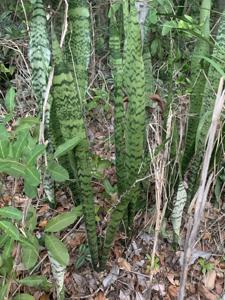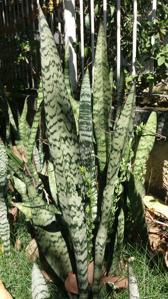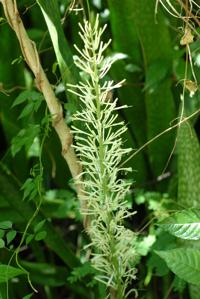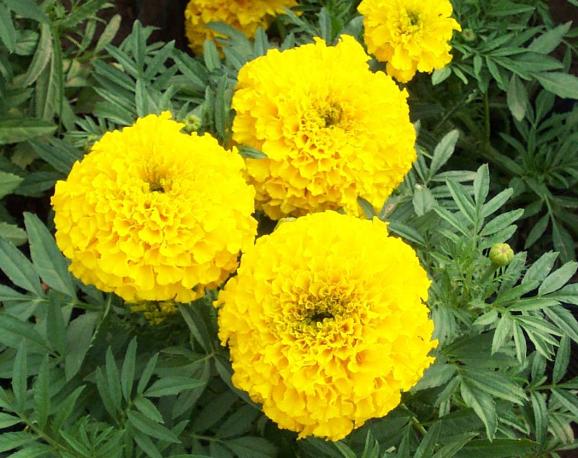The Sansevieria, also known as Snake Plant, has an interesting story. Legend has it that a Chinese emperor admired its beauty and considered it a symbol of good luck. He couldn’t resist the temptation and took it to his palace, renaming it “Tiger’s Tail.” The plant’s longevity amazed everyone, with some specimens surviving for centuries. Its leaves, resembling a serpent’s skin, were believed to protect against evil spirits. Today, Sansevieria is popular as both an indoor and outdoor plant, known for its air-purifying properties and ability to survive in low-light conditions. Truly a fascinating tale!
Picture



Plant some seeds now!
Short Description
Sansevieria ehrenbergii in habitat.
Sansevieria is a historically recognized genus of flowering plants, native to Africa, notably Madagascar, and southern Asia, now included in the genus Dracaena on the basis of molecular phylogenetic studies. Common names for the 70 or so species formerly placed in the genus include mother-in-law’s tongue, devil’s tongue, jinn’s tongue, bow string hemp, snake plant and snake tongue. In the APG III classification system, Dracaena is placed in the family Asparagaceae, subfamily Nolinoideae (formerly the family Ruscaceae). It has also been placed in the former family Dracaenaceae.
Description
There is great variation within the species formerly placed in the genus; they range from succulent desert plants such as Dracaena pinguicula to thinner leafed tropical plants such as Dracaena trifasciata. Plants often form dense clumps from a spreading rhizome or stolons.
Foliage
The leaves of former Sansevieria species are typically arranged in a rosette around the growing point, although some species are distichous. There is a great variation in foliage form. All former species can be divided into one of two basic categories based on their leaves: hard leaved and soft-leaved species. Typically, hard-leaved species originate from arid climates, while soft-leaved species originate from tropical and subtropical regions. Hard leaved species have a number of adaptations for surviving dry regions. These include thick, succulent leaves for storing water and thick leaf cuticles for reducing moisture loss. These leaves may be cylindrical to reduce surface area and are generally shorter than those of their soft leafed tropical counterparts, which are wide and strap-like.



